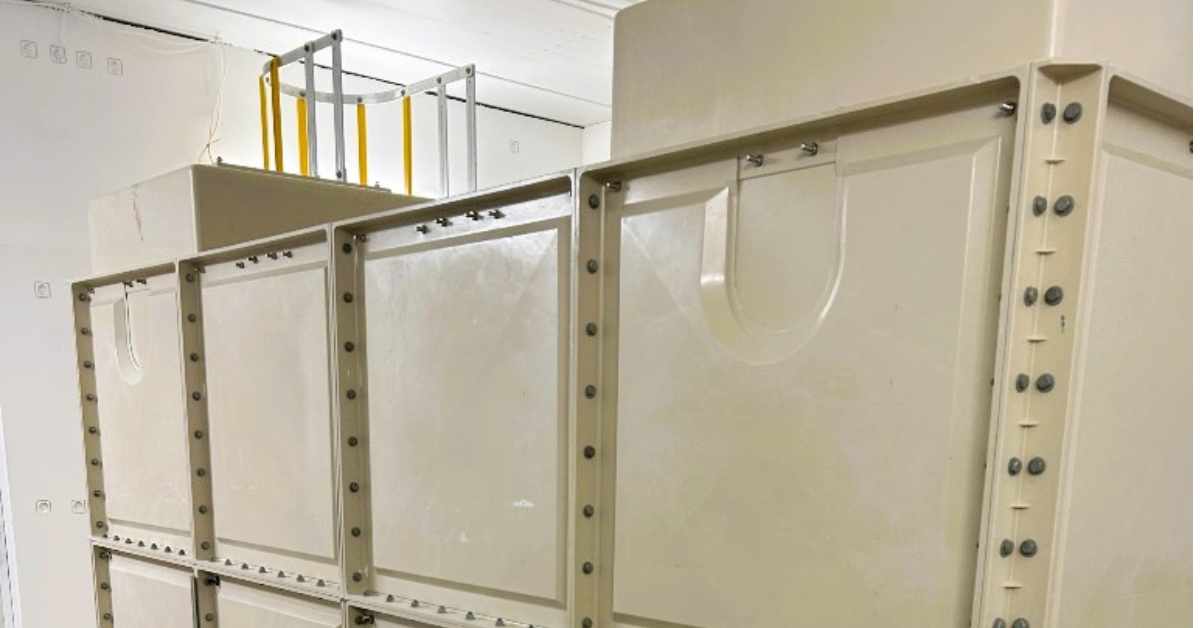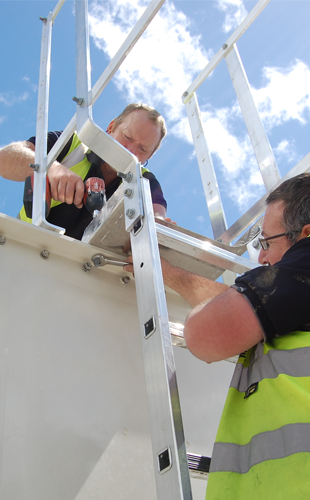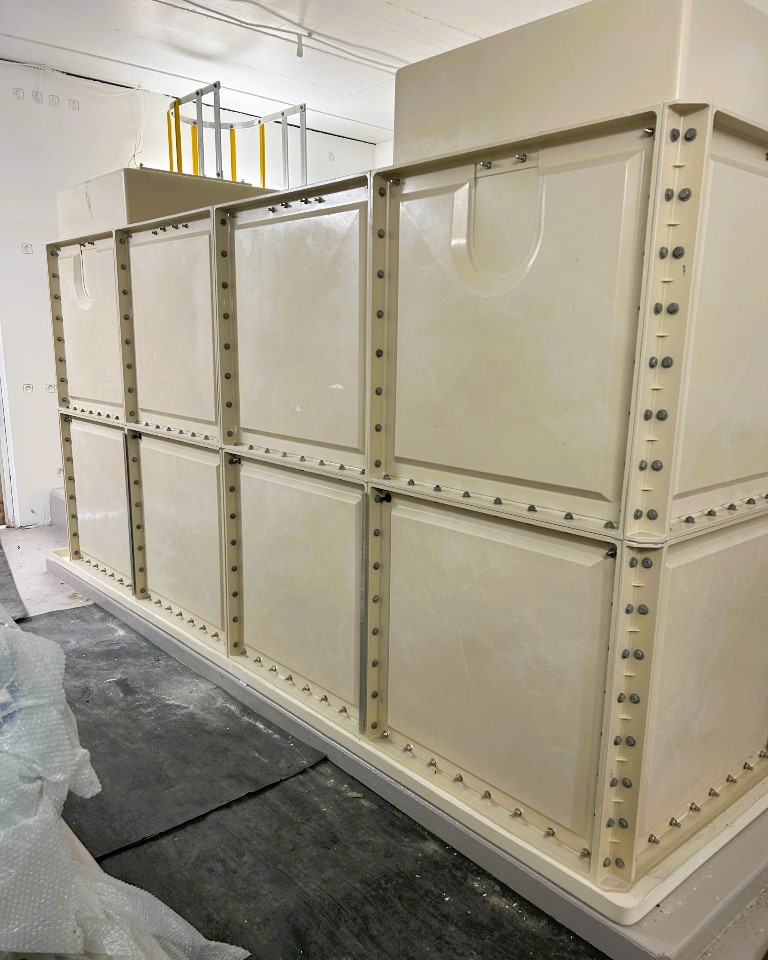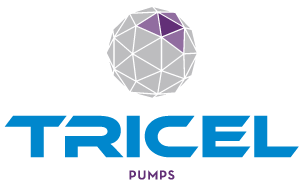
WATER STORAGE
How to Optimise Your System with an Attenuation Tank
introduction
In this article, we’ll explore how to optimise your System with an Attenuation Tank. We’ll discuss their significance, benefits, installation procedures, maintenance requirements, and much more. Whether you’re a professional or a newcomer to the realm of water management systems, this guide will equip you with the knowledge needed to optimize your system effectively.
If you have any questions, feel free to call us or use our quote form
To speak to one of our agents online, click here
understanding attenuation tanks
An attenuation tank is a crucial component in modern water management systems. Its purpose is to regulate and control the flow of stormwater runoff. By attenuating the flow of water, these tanks help prevent flooding, erosion, and water pollution, thus ensuring the sustainable management of water resources.
Benefits of attenuation tanks
Attenuation tanks offer a myriad of benefits for both residential and commercial properties. From mitigating flood risks to promoting groundwater recharge, here are some key advantages:
- Flood Prevention: Attenuation tanks regulate the flow of stormwater, reducing the risk of flooding during heavy rainfall events.
- Erosion Control: By slowing down the velocity of runoff, attenuation tanks help prevent soil erosion and protect landscapes from damage.
- Water Quality Improvement: These tanks facilitate the filtration and purification of stormwater, improving overall water quality and reducing pollution levels.
- Groundwater Recharge: Attenuation tanks allow stormwater infiltration into the ground, replenishing groundwater reserves and supporting ecosystem health.
- Space Optimization: With underground and above-ground options available, attenuation tanks offer installation flexibility and efficient use of available space.
installation process
Installing an attenuation tank requires careful planning and execution to ensure optimal performance. Here’s a step-by-step guide to the installation process:
- Site Assessment: Begin by conducting a thorough site assessment to determine the ideal location and size of the attenuation tank.
- Excavation: Excavate the area according to the tank’s specifications, ensuring proper depth and dimensions.
- Tank Placement: Carefully position the attenuation tank within the excavated area, considering factors such as accessibility and proximity to drainage systems.
- Connection Setup: Connect the attenuation tank to the existing drainage network, ensuring secure and watertight fittings.
- Backfilling: Once the tank is in place and properly connected, backfill the surrounding area with soil, ensuring adequate compaction to prevent settling.
- Testing and Commissioning: Conduct thorough testing to ensure the attenuation tank functions as intended, making any necessary adjustments or repairs.
Maintenance tips
Proper maintenance is essential to ensure the long-term functionality and effectiveness of attenuation tanks. Here are some maintenance tips to keep your system running smoothly:
- Regular Inspections: Schedule routine inspections to check for any signs of damage, blockages, or leaks.
- Cleaning: Remove debris, sediment, and any accumulated pollutants from the tank regularly to maintain optimal performance.
- Overflow Checks: Ensure overflow outlets are clear and functioning correctly to prevent backups and overflow incidents.
- Pump Maintenance: If your attenuation tank includes a pump system, schedule regular maintenance checks to keep it in good working condition.
- Vegetation Management: Monitor vegetation growth around the tank and trim as necessary to prevent interference with the system.
- Professional Servicing: Consider hiring technicians for periodic servicing and maintenance to address complex issues.

attenuation tank faq's
What is the purpose of an attenuation tank?
An attenuation tank is designed to regulate the flow of stormwater runoff, preventing flooding, erosion, and water pollution.
How does an attenuation tank work?
Attenuation tanks slow down the velocity of stormwater runoff, allowing for controlled release into drainage systems or natural watercourses.
Where are attenuation tanks typically installed?
You can install your Attenuation tanks in various settings, including residential, commercial, and industrial properties, public spaces and highways.
Are attenuation tanks environmentally friendly?
Attenuation tanks promote sustainable water management practices by reducing flood risks, protecting water quality, and supporting groundwater recharge.
What maintenance is required for attenuation tanks?
Regular inspections, cleaning, overflow checks, pump maintenance, vegetation management, and professional servicing are essential for maintaining attenuation tanks.
Can attenuation tanks be retrofitted into existing drainage systems?
You can retrifit an Attenuation tanks into existing drainage systems with proper planning and installation procedures.
conclusion
Attenuation tanks play a vital role in modern water management systems, offering numerous benefits for flood prevention, erosion control, water quality improvement, and groundwater recharge. By understanding the significance of attenuation tanks and following proper installation and maintenance practices, property owners can effectively optimise their systems for long-term performance and sustainability.
50 YEARS IN BUSINESS
A highly successful multinational corporation with over 50 years’ valuable industry experience
FULLY CUSTOMISABLE TANKS
Tanks available for all capacities, 43 litres to 4,651,290 litres. Larger tanks available on request
FAST DELIVERY
On-time delivery is a core requirement of our successful business operations


